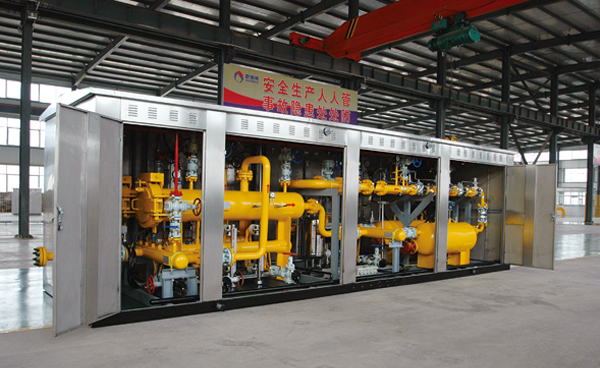
Dec . 04, 2024 17:49
Back to list
الغاز الطبيعي المسال
Understanding Liquefied Natural Gas (LNG) An Overview
Natural gas has become one of the most important sources of energy in the modern world, and its liquefied form, known as Liquefied Natural Gas (LNG), has significantly transformed the energy landscape. This article explores what LNG is, its production process, uses, benefits, and the challenges it faces.
What is LNG?
Liquefied Natural Gas (LNG) is natural gas that has been converted into a liquid state for ease of storage and transport. When cooled to approximately -162 degrees Celsius (-260 degrees Fahrenheit), natural gas condenses into a liquid that occupies around 1/600th of its gaseous volume. This property makes LNG particularly advantageous for transporting natural gas over long distances, especially where pipelines are impractical.
LNG Production Process
The production of LNG involves several critical steps
1. Extraction Natural gas is extracted from underground reservoirs, often found in association with oil deposits or alongside other fossil fuels.
2. Purification The extracted gas undergoes purification to remove impurities, such as water, carbon dioxide, hydrogen sulfide, and heavier hydrocarbons, which could affect the efficiency of liquefaction.
3. Liquefaction The purified natural gas is then cooled in a cryogenic process to convert it into a liquid. Various liquefaction technologies, such as the Mixed Refrigerant Process or Cascade Process, are employed in this step.
4. Transportation Once liquefied, LNG is stored in specially designed tanks and transported via LNG carriers—ships specifically built for this purpose—across oceans to reach its destination countries.
5. Regasification Upon reaching its destination, LNG is converted back into a gaseous state at regasification terminals, where it can then be distributed through pipelines to consumers.
Uses of LNG
.
Benefits of LNG
الغاز الطبيعي المسال

The shift towards LNG offers numerous benefits
1. Environmental Benefits LNG is considered a cleaner alternative to other fossil fuels. When burned, it produces significantly lower levels of carbon dioxide, sulfur dioxide, and particulate matter, helping to reduce air pollution and combat climate change.
2. Energy Security LNG allows countries to diversify their energy sources and reduce dependency on a single energy supplier. It provides flexibility in sourcing and can be a strategic reserve for energy needs.
3. Economic Growth The LNG industry can create jobs and stimulate economic growth, particularly in communities involved in extraction, transportation, and distribution.
4. Technological Advancement The growth of LNG has spurred technological innovations in gas extraction, transportation, and processing, further enhancing energy efficiency and safety measures.
Challenges Facing the LNG Industry
Despite the advantages, the LNG industry faces several challenges. These include
1. Infrastructure Development The need for extensive infrastructure, including liquefaction plants, LNG terminals, and transport vessels, requires significant investment and planning.
2. Market Volatility The LNG market can be highly volatile due to fluctuations in demand and competition from other energy sources, impacting prices and profitability.
3. Environmental Concerns While LNG is cleaner than other fossil fuels, it is still a hydrocarbon. The extraction and transportation processes carry risks of methane leakage, a potent greenhouse gas that must be carefully managed.
4. Regulatory Hurdles Navigating the regulatory landscape can be complex, as countries have varying policies regarding energy production and environmental protection.
Conclusion
Liquefied Natural Gas (LNG) is proving to be a pivotal player in the global energy arena. Its ability to provide a cleaner, more efficient energy source makes it an essential part of the transition towards sustainable energy. While challenges remain, the benefits it offers may well pave the way for a more resilient, environmentally friendly energy future.
Latest news
-
Safety Valve Spring-Loaded Design Overpressure ProtectionNewsJul.25,2025
-
Precision Voltage Regulator AC5 Accuracy Grade PerformanceNewsJul.25,2025
-
Natural Gas Pressure Regulating Skid Industrial Pipeline ApplicationsNewsJul.25,2025
-
Natural Gas Filter Stainless Steel Mesh Element DesignNewsJul.25,2025
-
Gas Pressure Regulator Valve Direct-Acting Spring-Loaded DesignNewsJul.25,2025
-
Decompression Equipment Multi-Stage Heat Exchange System DesignNewsJul.25,2025

